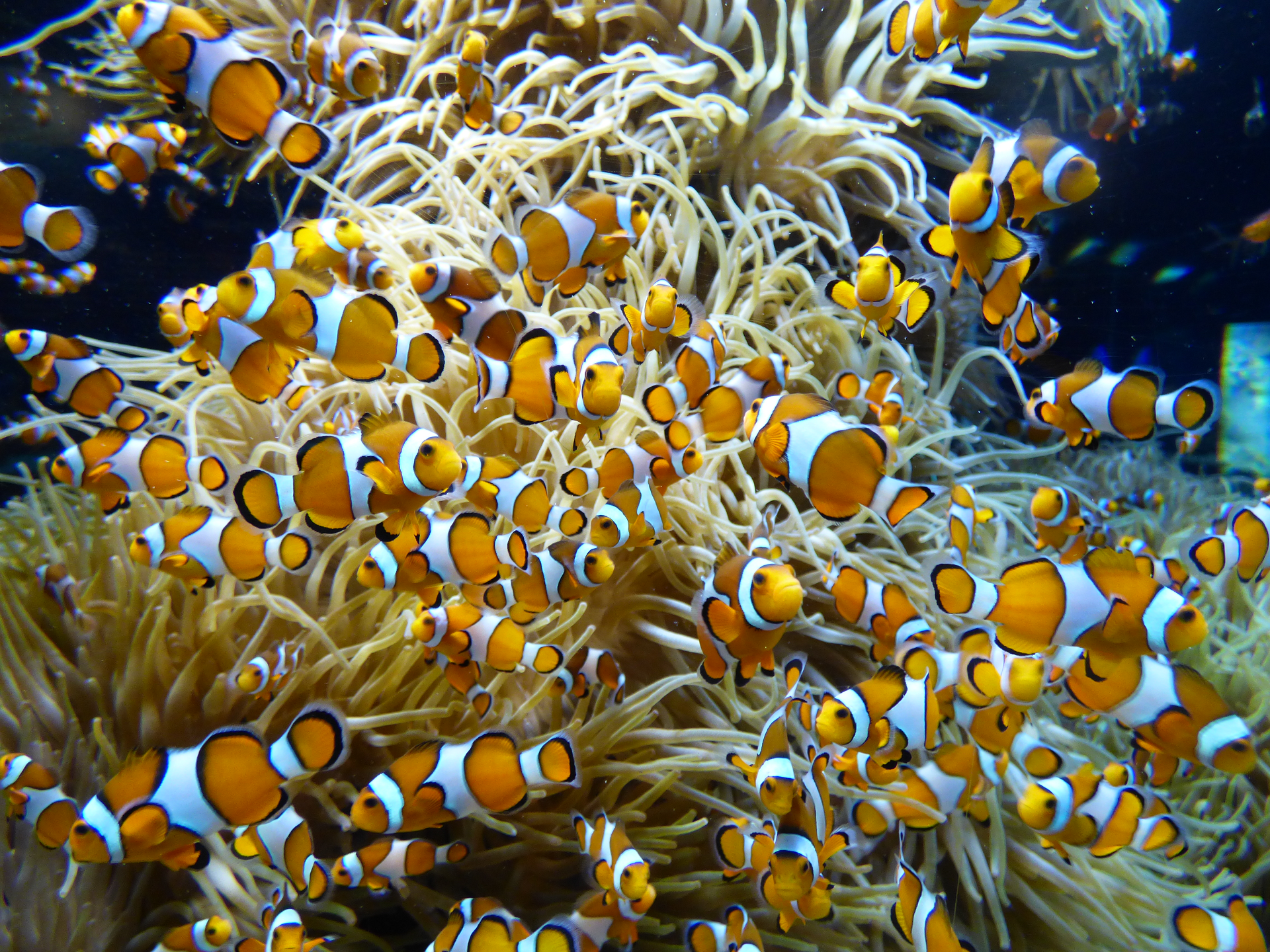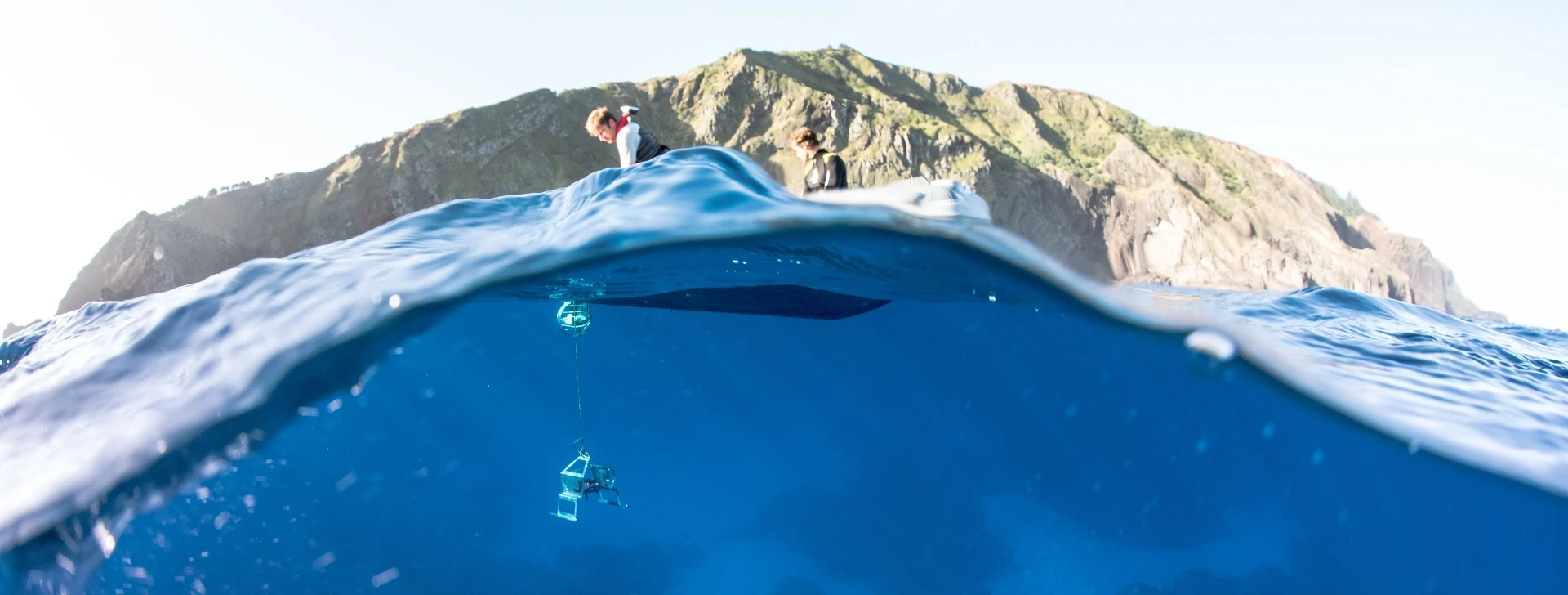Publication Abstract
- Title
-
Developmental priming increases copper-tolerance in a model fish species via epigenetic-and microbiome-mediated mechanisms
- Publication Abstract
-
Pollution threatens aquatic ecosystems worldwide, but an ability to rapidly develop tolerance to chemical-stressors should enhance resilience of natural populations. We examined whether early-life priming would enhance life-long copper-tolerance in a model fish species (three-spine stickleback; Gasterosteus aculeatus) via developmental plasticity. We pre-exposed stickleback to a low concentration of copper (10 µg/L) during early development (1-217 hpf), reared the fish in clean water for nine months alongside a control group, then exposed adults from both groups to copper (0,10 and 20 µg/L) for 96 h. Priming markedly reduced transcriptomic evidence of copper-toxicity in adult gills (including reduced cellular stress response (CSR) and disruption of ion-homeostasis) and increased inducibility of metallothionein, a metal-binding and detoxifying protein. In parallel, we identified epigenetic and microbiome-mediated mechanisms likely contributing to this copper-tolerance. Pre-exposure induced persistent DNA methylation changes, consistent with a priming effect on CSR and ion-homeostasis pathways. Enhanced copper-tolerance in the gill microbiota of primed fish also likely contributed to reduced toxicity in their host. Our results provide critical evidence for developmental plasticity related to a chemical stressor in animals, highlight the importance of integrated microbiome and epigenetic responses, and contribute to understanding the sensitivity and risk of natural populations exposed to pollution.
- Publication Authors
-
Tamsyn M. Uren Webster, Lauren V. Laing, Jemima Onime, Hannah Littler, Rob McFarling, Josie Paris, Jennifer A. Fitzgerald, Anke Lange, Audrey Farbos, Karen Moore, Matthew D. Hitchings, Ronny van Aerle*, Nic R. Bury, Eduarda M. Santos
- Publication Reference
-
Nature Ecology and Evolution
- Publication Internet Address of the Data
- Publication Date
- Publication DOI: https://doi.org/
- Publication Citation


